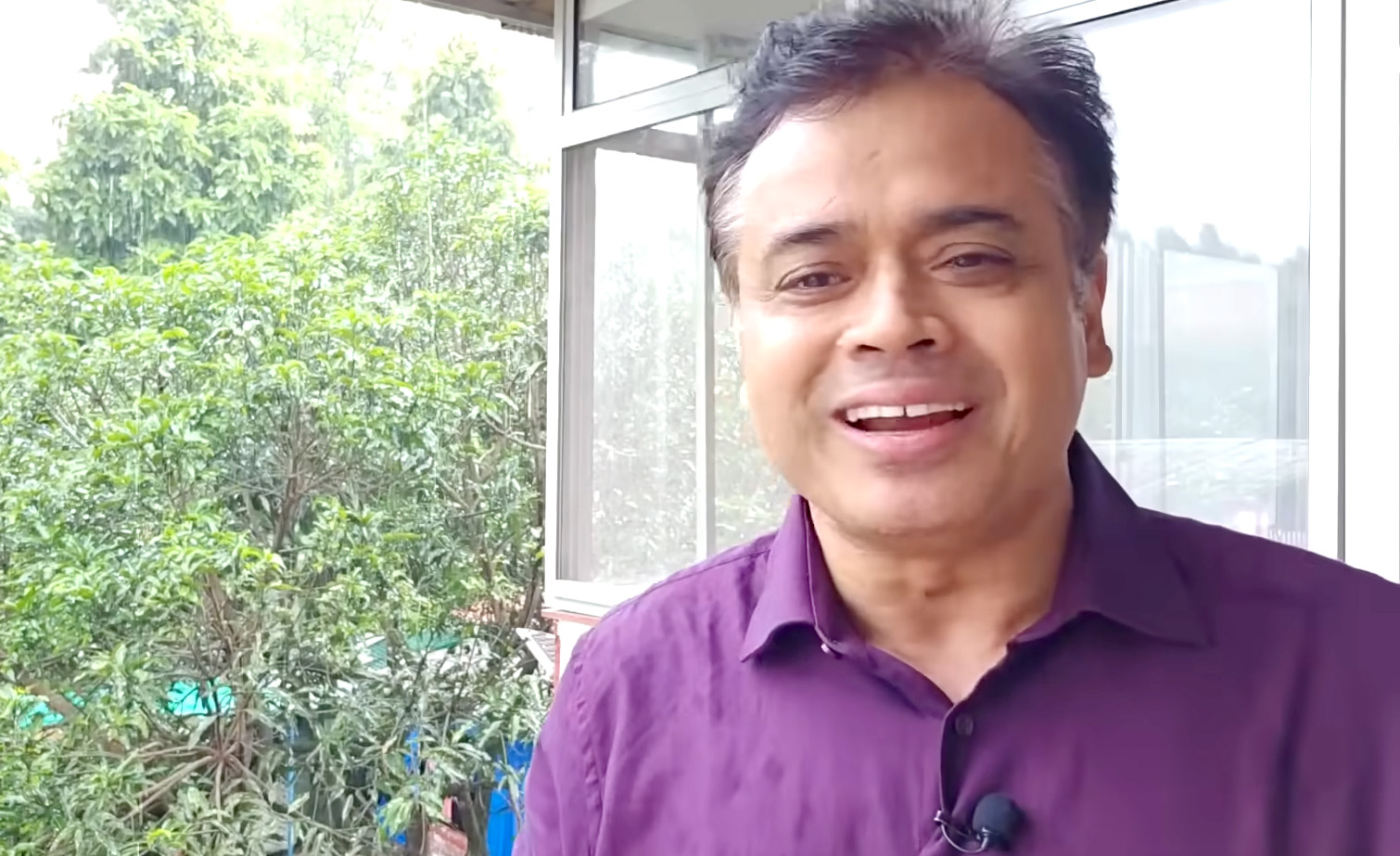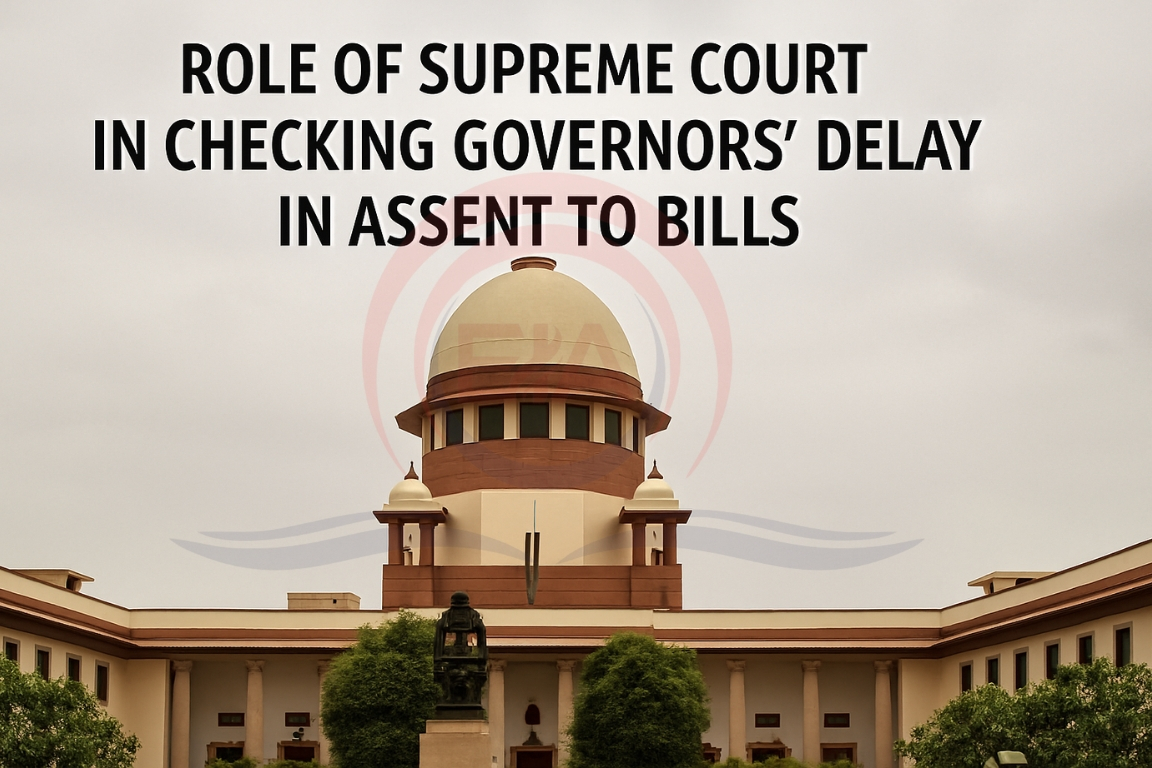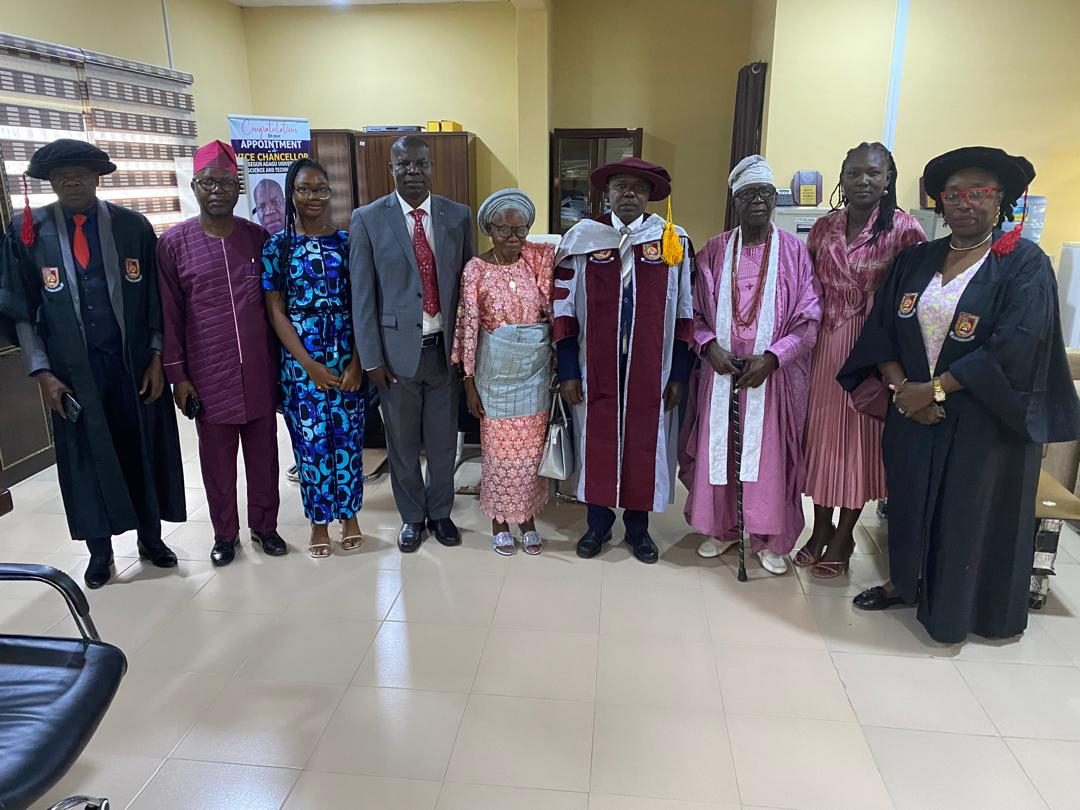The Supreme Court bench, comprising Justices M.M. Sundresh and N. Kotiswar Singh, decided to extend interim protection to Sharma for four weeks, allowing him time to approach the Gauhati High Court to challenge the FIR filed against him. The bench also agreed to examine the constitutional validity of Section 152 of the Bharatiya Nyaya Sanhita (BNS), which was invoked against Sharma in the FIR, in relation to ongoing challenges to the sedition law.
The case against Sharma, filed on August 21, stems from his YouTube video titled “When the judge reprimanded the BJP government! Why thousands of bighas of land to Adani?” In the video, Sharma highlighted a reprimand issued by the Gauhati High Court against the Assam government for its alleged land allotment to the Adani Group, which he claims violated tribal and environmental safeguards. The video criticized the government’s actions, accusing it of promoting “communal politics” and favoring corporate interests over the welfare of tribal communities.
Senior advocate Kapil Sibal, representing Sharma, argued that Section 152 of the BNS was being used disproportionately to target journalists for expressing their views. He appealed to the court to not set a precedent that could stifle journalistic freedom, citing earlier cases where similar interim relief had been granted to journalists such as Sidharth Varadarajan and Karan Thapar. Sibal further stressed the importance of the Supreme Court in safeguarding freedom of speech, saying, “Society looks up to the Supreme Court, please don’t do this.”
The FIR against Sharma accuses him of promoting enmity (Section 196) and making prejudicial imputations against national integration (Section 197). The charges are linked to Sharma’s video, which was based on court proceedings and highlighted concerns over the state’s governance decisions regarding tribal rights and environmental protection. According to Sharma, the video did not incite violence but rather criticized divisive political rhetoric and governance failures.
Sharma’s legal team argued that the FIR was a misuse of criminal law, aimed at curbing journalistic expression, and that Section 152 of the BNS was vague and unconstitutional. The petition filed by Sharma highlighted his extensive journalistic career, which spans over 30 years, and his critical reportage on issues affecting the public. Sharma has previously worked with top media outlets such as India Today, Zee News, BBC, NDTV, Aaj Tak, and ABP News. He is also a recipient of prestigious awards, including the Ramnath Goenka Award, the Red Ink Award, and the Hindi Sahitya Award.
In its ruling, the Supreme Court noted that the FIR did not indicate any offense that warranted criminal prosecution, emphasizing that the remarks in Sharma’s video were based on documented speeches by the Assam Chief Minister and aimed at addressing issues like governance failures and communal divisions. The Court also observed that Sharma’s video did not disparage any religion but used the term “Ram Rajya” metaphorically to highlight discrepancies between the ideals promoted by the government and the reality of governance.
Sharma’s petition stressed that criticism of elected representatives and government decisions is constitutionally protected and should not be suppressed through criminal charges. The petition further argued that the FIR was an overreach of the legal system, misusing provisions to silence journalistic dissent.
As a result of the Supreme Court’s order, Sharma will have four weeks to seek relief from the Gauhati High Court, and the bench also noted that it would revisit the matter of Section 152’s constitutionality, along with other related challenges to the sedition law, in future hearings.
The decision marks a crucial moment in the ongoing debate over press freedom in India, with journalists and civil rights advocates closely watching how the legal system addresses cases involving criticism of government policies and actions. This case also highlights the tension between national security concerns and the fundamental rights of free expression and press freedom in the country.
Sharma’s supporters see the court’s temporary relief as a step toward protecting journalistic independence and ensuring that media professionals are not persecuted for performing their duties in the public interest. As the legal battle continues, the larger issue of Section 152’s potential misuse against journalists and activists remains at the forefront of the discourse.







